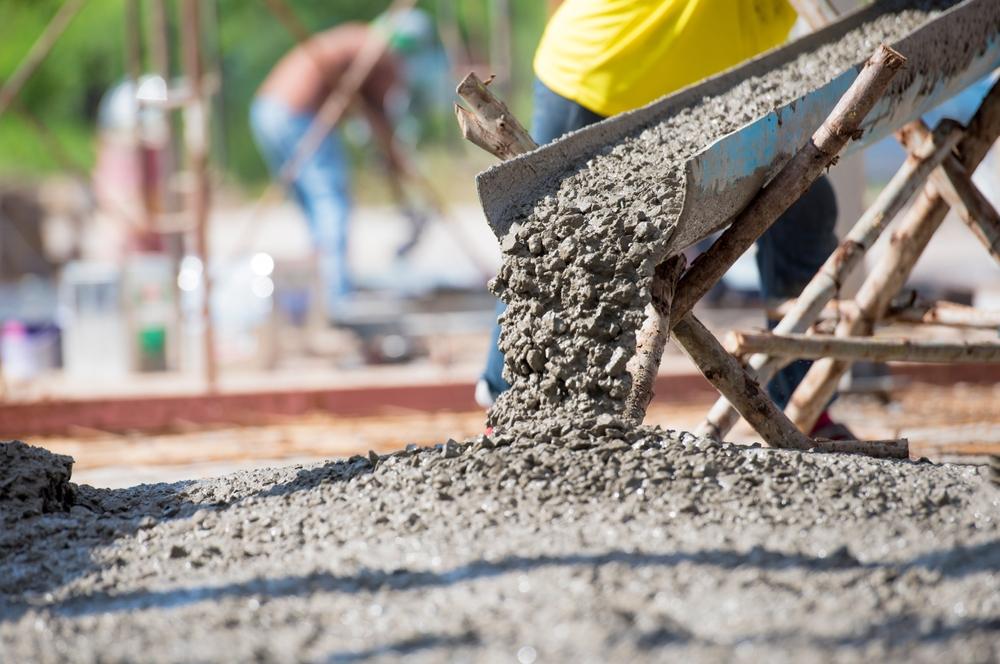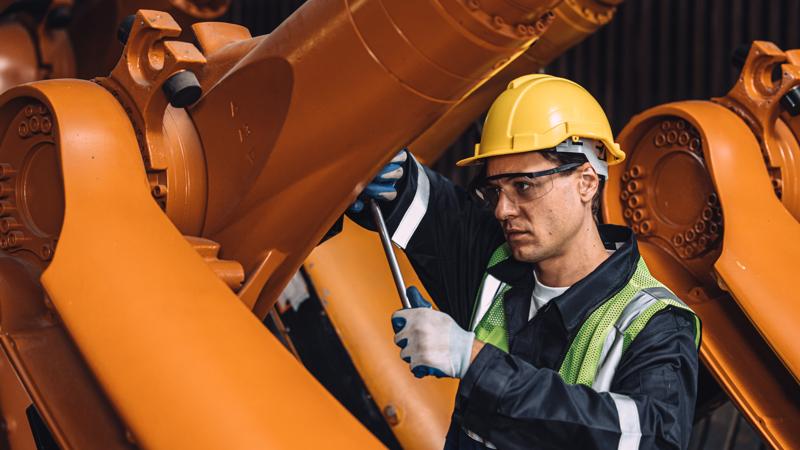"Steel supply in the USA today 2025"
 "\n\n""
"\n\n""The strength and robustness of steel not only applies to its physical characteristics but also describes the resilient nature of the steel industry in the USA. Despite facing numerous challenges over the past years, the steel sector has portrayed significant dynamism, adapting, and re-adjusting to meet the ever-changing market needs. As we gaze into 2025, let's delve into the latest happenings, challenges, and future prospects for steel supply in the United States today.
The Current State of Steel Production and Supply in the USA
The United States\u2019 steel industry is one of the largest in the world. In 2025, it is further characterized by a high level of productivity, leveraging advanced technologies to combine efficiency with sustainability. According to the World Steel Association, the USA has consistently ranked in the top five steel producing countries globally, with its apex largely relying on its expansive domestic market.
While traditional hot and cold steel mills still hold high relevance in the market, mini-mills or specialty mills, which use Electric Arc Furnace (EAF) technology, have significantly risen to prominence. These mills produce over two-thirds of the steel in the USA today, a factor that can be attributed to their flexible operation increased efficiency, and lowered carbon emissions.
Boosting Domestic Manufacturing and Trade
Since the advent of the Trump administration\u2019s hefty tariffs on steel imports in 2018 and their subsequent retention by the Biden administration, the USA steel industry has seen remarkable growth in its domestic manufacturing front. These governmental regulations, initially implemented in a bid to protect American steel manufacturing jobs and reduce excessive reliance on foreign steel, have continued to shape the landscape of the US steel supply industry.
Although these tariffs faced initial criticism from critics alleging potential harm to downstream industries and consumers, they have undeniably stirred a renaissance in the American steel industry. In the USA today, new mills are undeniably flourishing, existing mills are revamping operations, and overall, steel output levels are amplified, injecting new life into domestic manufacturing.
The Dynamic Interplay between Steel Supply and Construction
The construction sector accounts for a large chunk of steel demand in the USA \u2013 a relationship that directly influences the trajectory of the steel supply market. In 2025, this connection has not only maintained but also heavily influenced by recent trends in construction demand.
In the realm of construction, there is a noticeable surge in the demand for green and sustainable building solutions. As such, steel\u2013owing to its recyclable property and reduced carbon footprints\u2013has become the material choice for many construction facilities. The interplay between these industries is thus steering substantial opportunities for growth in the steel industry.
Sustainable Steel Production\u2013A Key Trend Shaping the Industry
The wave of sustainability has caught up with all industries, and the steel sector hasn\u2019t been an exception. Greenhouse gas emissions, particularly CO2, from steel production have been a pertinent concern in the fight against climate change. The challenge for the industry thus remains to strike the right balance between meeting increasing steel demand and minimizing environmental impact.
Recent technological advancements are helping the industry to move towards \u2018green steel\u2019 production. Breakthroughs such as the use of hydrogen instead of coal in the steel production process and Carbon Capture and Storage (CCS) technologies are some of the sustainable strategies shaping the steel supply industry in the USA today.
Ushering in the Steel Industry's Future with Innovation and Technology
The steel supply industry of the future is poised to be characterized by innovation and technological advancements. Digitalization, automation, and the Internet of Things (IoT) are all playing pivotal roles in shaping the USA steel industry today.
Digitalization, especially, is enabling real-time tracking of the supply chain giving unprecedented transparency and control over the steel production process. Meanwhile, automation aids in improving efficiency and productivity in manufacturing, thus driving cost-effectiveness. Lastly, IoT has its hand in energy management and predictive maintenance, enhancing operational efficiency, and reliability.
In conclusion, the landscape of steel supply in the USA in 2025 reflects a resilient and dynamic industry shaped by domestic policies, industrial demands, sustainable production norms, and technological advancements. It is an industry driven by both opportunities and challenges but most importantly characterized by its steadfast commitment to adapt, innovate, and cater to the ever-evolving market needs. The future of the USA steel industry indeed seems promising, etching its role as a pivotal player in the nation's economic matrix.
\n\n""" ""










